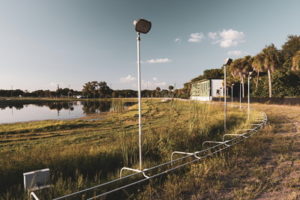 As an organised, competitive sport, greyhound racing has been something long associated with the sports betting world. There are two forms of greyhound racing, with the primary one being track racing and the other being coursing. In track racing, an artificial lure travels ahead of the dogs on a rail until the greyhounds cross over the finish line. Coursing utilises hares as the lure, although this is not commonly used for sports betting purposes.
As an organised, competitive sport, greyhound racing has been something long associated with the sports betting world. There are two forms of greyhound racing, with the primary one being track racing and the other being coursing. In track racing, an artificial lure travels ahead of the dogs on a rail until the greyhounds cross over the finish line. Coursing utilises hares as the lure, although this is not commonly used for sports betting purposes.
While greyhound racing is solely there for enjoyment in some countries, like Australia, Macau, Mexico and the United Kingdom consider it part of their respective gambling industries. However, these countries have seen quite the decline in the activity levels of greyhound betting, and this has led to the closure of many courses as a result. Furthermore, some sportsbooks have chosen to end all ties with greyhound racing options.
But why has this happened? What could have taken place to result in the near demise of greyhound racing as a favoured sport for betting on? And why, on the other hand, has horse racing remained as a favourable sport over it? With the prestigious and historic Belle Vue greyhound stadium set to be demolished in the latest move against the sport, we’re going to take a look at exactly how it has sunk into decline.
The History of Greyhound Racing

Today’s modern greyhound racing actually has its origins that date back to the aforementioned coursing. This was an activity undertaken by people, who would pursue game or other animals by using dogs – primarily greyhounds and similar canines – to catch their prey by speed. This was quite the common hunting technique practiced by the nobility and the wealthy. Animals that would be hunted in this form included hares, rabbits, foxes, deer and gazelle. However, the Protection of Wild Mammals (Scotland) Act and the Hunting Act 2004 (England and Wales) made it illegal for coursing to continue taking place other than if hunting rabbits and rats.
When it comes the greyhound track racing, the first recorded attempt at this is said to have happened at Welsh Harp reservoir in Hendon, England. It was back in 1876 that this occurred, although the experiment didn’t develop into anything more. It was only with the invention of the mechanical (artificial) hare in 1912 by American Owen Patrick Smith. He had altruistic aims for the industry, looking for the killing of jackrabbits to be stopped. It was in 1919 that Smith opened up the first professional dog racing track in Emeryville, California.
That venue was torn down in February of 1920, which was done to make way for a more modern racetrack to be built with the a mechanical lure. The oval track and mechanical hare were introduced to the British public in 1926. This occurred through another American – Charles Munn. It wasn’t an easy sell though, as the General Strike of ’26 took hold. That being said, Munn and his Canadian companion Major Lyne-Dixson met with Brigadier-General Critchley, and he introduced them to William Gentle. Together, they raised £22,000 and launched the Greyhound Racing Association.
It was at Manchester’s Belle Vue Stadium that the first British meeting of the Greyhound Racing Association took place. It was from there that the industry took off, with 40 tracks operating successfully by the end of 1927.
Greyhound racing appealed heavily to the working class of Great Britain due to the inner-city location of many along with evening, after work, meetings. At this time there were no betting shops and the only way you could gamble legally was on track. It was also in a time when there were less forms of entertainment in general and limited options for betting. The sport provided a way for all people to enjoy this new form of entertainment and place bets on it. In the beginning, it was an attraction for middle class reformers as well, but once the working class audiences took over, they lost interest and grew appalled by greyhound racing.
The sport enjoyed its highest UK attendances just after the Second World War came to an end. Throughout 1946, attendances were said to be around 75 million with annual totalisator turnover standing at £196,431,430. Yet, things began to sink into decline during the 1960s, due to the introduction of the UK Betting and Gaming Act and the creation of betting shops that opened up a whole new world of betting options to people.
The Greyhound Racing Scene Sinks into Decline
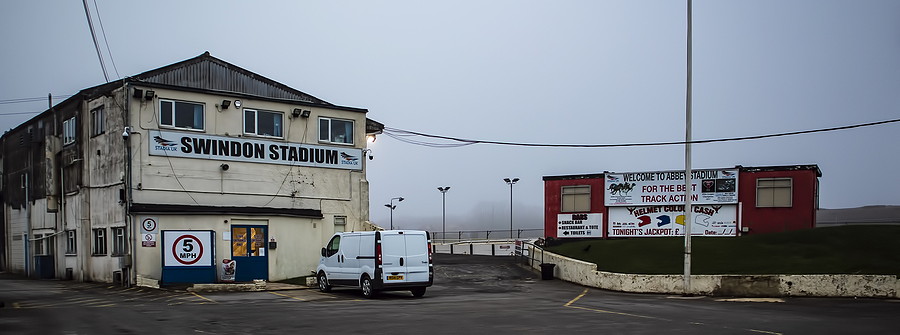
Regardless of where you lived in the United Kingdom, the likelihood is that at one point, you were never far from a greyhound track. Yet, as the years have gone by, more and more of these courses have been forced to close down altogether. In 1946 there were 77 licensed tracks and over 200 unlicensed, today only around 20 tracks now remain in the UK. What was the reason for the initial decline of greyhound racing?
Well, to begin with, when the UK Betting and Gaming Act of 1960 was introduced, this permitted off-course cash betting to occur. While sponsorship, some television coverage and the later abolition of on-course betting tax did do a little to offset the decline for a while, things didn’t stay on the up and up again for long.
More recently, the advent of the internet being used for not only betting on sports but viewing them too has led to a further decline. You see, people don’t have to visit stadiums or bookies’ shops to bet on their favoured sports. Instead, it’s easy enough to do from a home computer or a mobile device. The increase in public transport costs and the major congestion that British roads often experience, not many people want to put the effort into visiting local greyhound tracks.
At the same time the sport developed a grimey image and a reputation for not appropriately caring for the animals, especially at ‘flapper tacks’ – independent tracks not part of the Greyhound Board of Great Britain where standards are not as high. Many animals at the end of their career also went missing demonstrating problems in homing ex or failed dogs.
Therefore, with the decline in the number of people choosing to attend greyhound tracks, the operators of such had to try and find some other way of staying in business. Some ended up being bought out by British bookmakers, such as Coral.
Ladbrokes Coral Enter into Racecourse Management
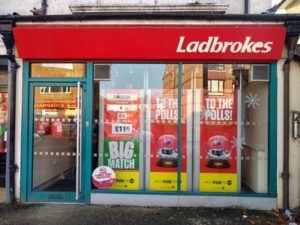 It was back in 1975 that Ladbrokes chose to move into the racecourse management sector, purchasing Lingfield Park initially. Of course, this operates as a horse racing track, and following the successful takeover of that, the company decided to acquire other venues. The following year, it purchased Perry Barr Stadium and Totalisators and Greyhound Holdings.
It was back in 1975 that Ladbrokes chose to move into the racecourse management sector, purchasing Lingfield Park initially. Of course, this operates as a horse racing track, and following the successful takeover of that, the company decided to acquire other venues. The following year, it purchased Perry Barr Stadium and Totalisators and Greyhound Holdings.
They were responsible for six different greyhound racing courses: Brough Park, Crayford & Bexleyheath, Leeds, Gosforth, Willenhall and Monmore. At the same time, Arthur Aldridge who used to be a part of the Greyhound Racing Association, became a part of Ladbrokes as the Racing Director. Various changes have occurred over the proceeding years to these stadiums, though.
The company ended up closing Crayford & Bexleyheath in 1985 for necessary renovations and it now goes by the name of Crayford Stadium. Brough Park was sold in 1983 and then rebranded as Newcastle Stadium in 2003, complete with its own renovated appearance. Meanwhile, the Leeds Greyhound Stadium was closed by Ladbrokes in 1982, as was Gosforth Stadium in 1985. Both stadiums were destroyed and made way for a police HQ and an Asda superstore, respectively. Willenhall was also sold in March of 1980 and demolished, making way for around 100 houses to be built by Barret Homes.
Back in the 1940s, the UK had a total of 88 licensed greyhound racing tracks in operation. These joined more than 200 independent tracks, with 33 of the total being based in London. Today, there are just 21 registered and three independent stadiums remain in operation in the country.
The Fall of Belle Vue
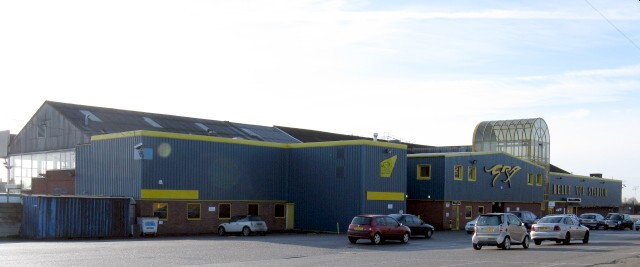
Throughout the many years of very up and down business, one greyhound track that has managed to stand the test of time has been Manchester’s original Belle Vue. However, there are now plans in place to demolish the site to build 250 new homes, after councillors voted in favour of such.
The Belle Vue Stadium still currently hosts greyhound and stock car racing, but it has been embroiled in quite the bitter battle for its future. While a five-year deal by lease owners, Crown Oil Pensions Fund was in place, that expired last year. The plans to flatten everything and build the new homes in its place were first revealed in the summer of 2019. Campaigners came out in force though, protesting against the destruction of such a historic stadium.
The campaigners promptly brought up the stadium’s heritage, with it first coming into operation back in 1926. Belle Vue remains as the last of its kind in the north west of the country. However, counter-protests by animal rights campaigners were also experienced, and they threw themselves firmly behind the housing plan. In fact, an advertising van was seen circling the area of the Manchester town hall, denouncing dog racing.
According to the council though, animal welfare considerations played no part in their final decision to close and demolish the stadium. It was determined solely on planning grounds. Once torn down, Belle Vue will be replaced by a mix of homes and apartments for both private sale and private rent.
Speaking of the decision to go ahead with the housing development, council officers concluded that the loss of the facility “is outweighed by the provision of a good quality residential development”. A plethora of responses in favour of the housing development were seen from all over the world, too.
The lease for Belle Vue is now owned by the Arena Racing Company (ARC), which was created in 2012 by the merger of Arena Leisure and Northern Racing. In total, this company owns and operates 16 racecourses around the country, accounting for 39% of British racing fixtures. Following its purchase of the Nottingham Greyhound Stadium earlier on in 2020, ARC became the leading greyhound racing operator in the UK.
Working Class to the End
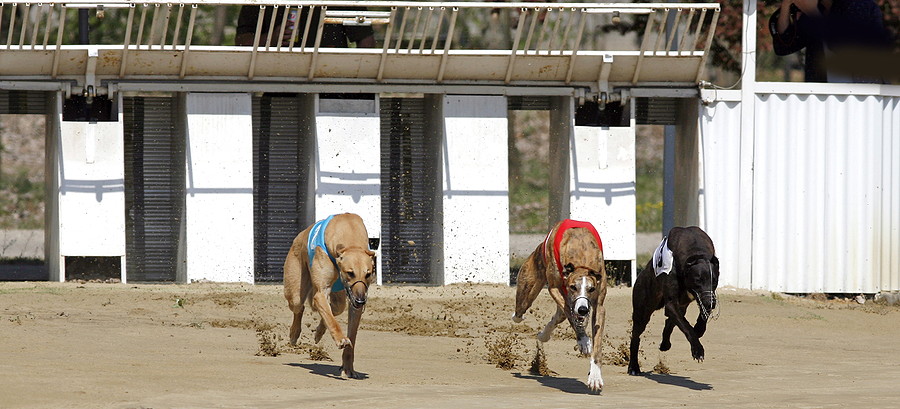
Speaking of the closure of the venue, the Chairman of Friends of Belle Vue Stadium, Simon Walmsley said that everyone in the group had attended both greyhound and stock racing events held there over several decades.
“We are unashamed to say these are both working class sports”, he said. “Manchester has a global reputation for being diverse and of rich heritage in culture, music and sport”.
He continued on by stating that if Belle Vue closes, it takes away two sports from the area for good, which
“goes against the rights of those two groups of working class supporters”.
“You cannot simply shut down a sporting venue that has existed since 1926 and that is surrounded by leisure and sporting facilities – and replace it with housing. The two do not belong together”,
he finished off.
Despite what has been suggested by the council, Walmsley said that Belle Vue was still viable and proceeding to bring in “good revenues”. According to him, the stadium has hosted more sporting events than both Manchester City and Manchester United in 2020. Of course, with the current pandemic affecting major sporting events, this isn’t surprising in the least. Even so, the stadium was hit hard itself by the COVID-19 situation
As of the moment, a specific date has not been set for when racing will cease and building work will begin at Belle Vue. ARC said that it is aware of the decision that was made by the council, stating that it would now need to sit down with both the council and the developers – Countryside Properties – to find out about the immediate plans for the site.
The closure and future destruction of the greyhound racing stadium echoes another that occurred back in May of this year. The Peterborough Greyhound Stadium on the edge of Lincolnshire, closed its doors for the final time, with bosses making the announcement of such on social media on May 19, 2020.
People within Lincolnshire were said to be distraught over the closure, which came amid several months of not being able to trade due to the lockdown situation. Peterborough Greyhound Stadium has been run by the Perkins family since 1945, and due to its convenient location, it attracted residents from Lincolnshire year-round. However, the family had to take the difficult decision to cease trading as a greyhound stadium immediately.
The statement from the family stated that it was an evening venue, and that it heavily relied on income from customers visiting the grounds to eat, drink and place wagers on events. Without that income during the coronavirus lockdown, the long-term viability of continuing to trade from the site as a greyhound racing stadium just wasn’t a sustainable option.
That being said, the company remains fully active, and the Perkins family are looking at other opportunities.
However, it looks as though this decline in the popularity of greyhound racing will lead to more stadiums potentially closing their doors for good. The last track based in London (Wimbledon Greyhound Stadium) was closed in 2017 and was also demolished by the owners, Galliard Homes Limited. This was another case of homes being built in the space, with 600 apartments and a new football stadium now gracing the area instead.
Unfortunately, it seems as though time may have run out for the greyhound racing industry in the UK, as more and more stadiums shut up shop for good.
